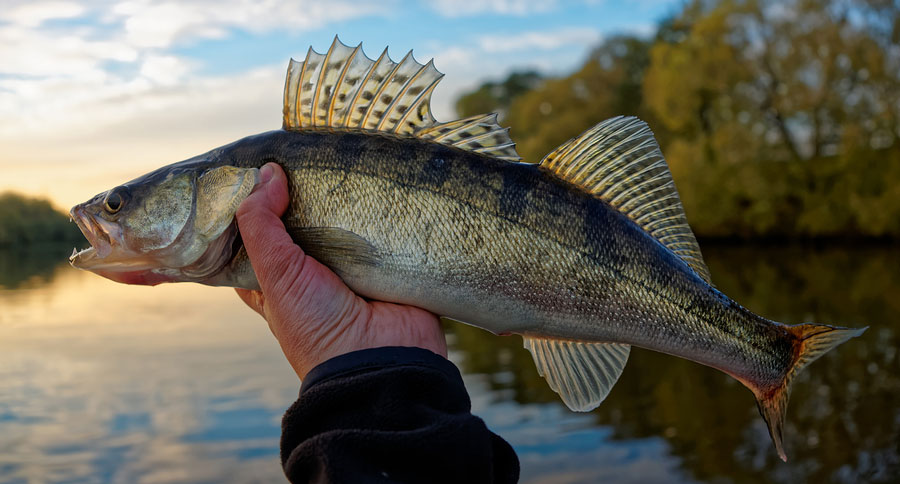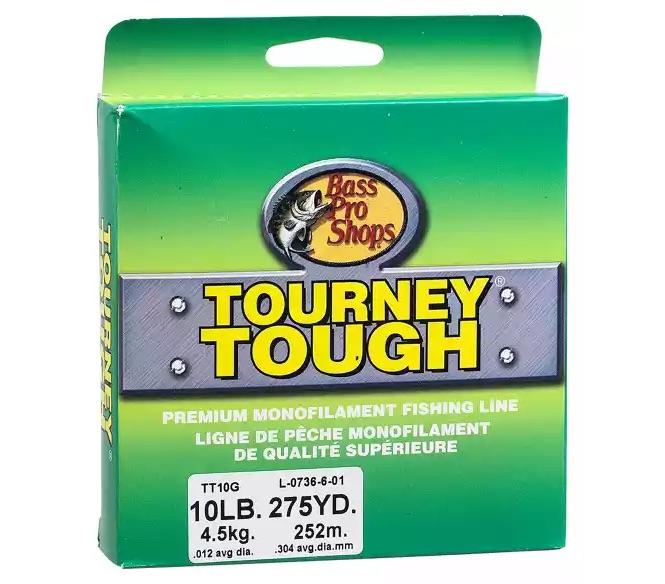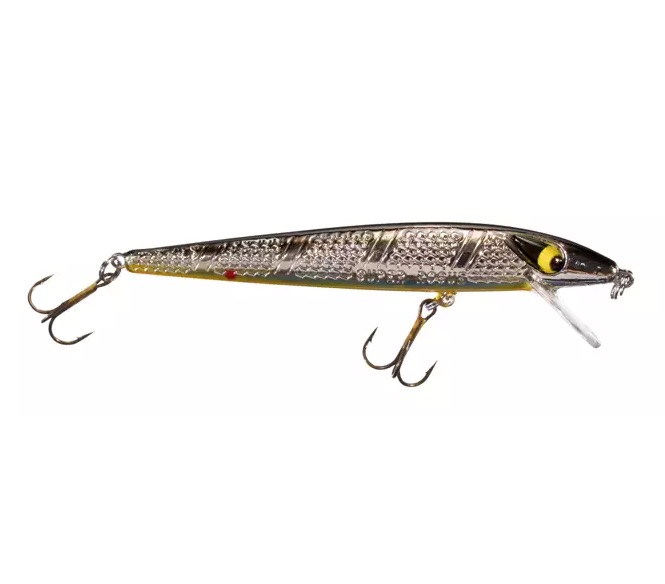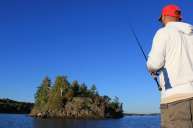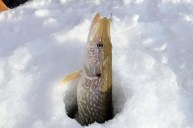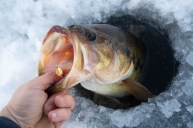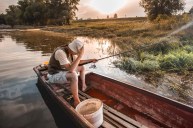Here are some spring walleye fishing tips that have stood the test of time.
Spring walleye fishing is one of our favorite pastimes. When the ice is finally gone and the water begins to warm, two of our most revered fishing foes, the walleye and the northern pike, begin their journey to shallow water on their epic odyssey to spawn.
While pike are always on our radar as anglers, it is the venerable walleye that gets our attention during the early spring. Once the legal season starts and most of the walleye are done with their spawning runs, those of us that love shallow water walleye fishing will get a head start on the year's first open-water foe: old marble eyes.
Deeper structure may be the order of the day once the season has turned to early summer, but it's really no big secret where to find the first fish of the year: between 4 and 7 feet of water, with many of the biggest fish below the 5-foot level. Depending on where you fish, state to state, the preferred water temperature for these fish is around 44-48 degrees Fahrenheit.
Knowing where the walleyes are is your biggest key to success.
Manmade impoundments aside, natural lakes in particular will collect fish near the shoreline including protected bays, shallow gravel areas and sand flats. Clear water can be the bane of the walleye angler, but as the water warms, it tends to stain especially where there is runoff and wind.
In the absence of color in the water, your best starting bet will be the gear you use.
1. Mono Over Braid
Anytime that we target aggressive, toothy fish, the mindset is to use braid. It is stronger, supple, and can really take the abuse. The issue here is fooling fish in relatively clear water. Monofilament disappears in the water column much better than braid and while it stretches, it often softens the presentation of a jig or other offering.
For casting, an angler may not pick up on the feel of the line as well, but you can tell if you are ticking the bottom, which means to speed up just a bit for a jig and minnow combination, keeping the bait in the strike zone just off of the bottom.
Many walleye fishermen go as low as 6-pound test with 10-pound test almost too much.
2. Slow and Steady
Fishing slow at this time of the year almost goes without saying. Normally aggressive fish are just starting to wake up from the winter's sleep, even those like pike and walleye that begin their renewal so early in the year.
Intermittent bumps off of the bottom or other structure while keeping your bait in a steadily moving motion are just what triggers early walleye.
Forecasting the activity levels of the fish before you hit the water means checking weather conditions. If it's been steady and seasonable, there's a good chance you're going to run into some active fish. In this case, it's best to remind yourself to slow down.
3. Look Shallow
Depending on your target lake, the walleye spawn around the early part of April. This video shows the venerable Conesus Lake spawning run from a few years back, but what a run it was. Since walleyes in this part of New York run upstream to spawn, they must be targeted later once they return to the main lake.
Look for post spawn fish near shallow water structure between those spawning grounds and some of your favorite main lake summertime areas. These spots may contain rock or emerging vegetation that will hold fish now ready to feed.
4. Jigs, Suspending Baits and Crankbaits
Start with a 1/8-ounce jig early, upgrading to 1/4 and 3/8-ounce jigs as the water warms. Some anglers have better luck with 3-4-inch paddle tail baits and some prefer an old school bucktail or caribou dressing. A jig and minnow combination is always deadly for those areas that allow live bait fishing, many times with a pointed head jig that moves through the water column nicely.
My personal physician is a serious New York walleye fisherman who resolutely uses this method: He tells me that he reels a suspending bait so slowly that it barely moves at times, and when the walleye strike the only way to tell is when he tightens his line and the rod simply begins to bend. You should be running your bait off of the bottom, with slow pulls and long pauses letting fish see its outline from below.
Crankbaits have been catching cold water walleyes for a lot of years and are the go-to bait many anglers. If you are bumping the bottom, it's okay since the slow retrieve causes a rise in the bait that will continue to keep it in the strike zone near the bottom. Since crankbaits work well with braided line, this may be the time to ditch the mono.
5. Trolling vs. Casting
Many walleye anglers choose to drift fish, cast, or troll in the early season, but getting the bait away from the boat can be important this time of year. Since your boat can spook walleyes when you're fishing up in shallow water, casting may be the best bet.
Trying to target big fish in shallow water conditions when the water is clear enough to see the bottom can be quite difficult with no cloud cover or wind. Herein also lies the importance of small diameter line to keep your offering from alarming the fish and keeping them interested.
Open-water walleye fishing offers the spring angler one of his or her first chances of the year to target big fish. While the water may still be cold and the bite slow, patience will win out over those who want to grip and rip a rod and reel combo with an aggressive lure as if the conditions will allow it.
Once that time comes, fishermen everywhere will have the chance to be aggressive. Until then, slow down and let the bite happen. You won't be sorry!
Looking for a little more? Follow my webpage, or on Facebook and Twitter.
NEXT: UPDATE: NEW YORK OFFICIALLY HAS A NEW WALLEYE RECORD
WATCH
https://rumble.com/embed/u7gve.v3v4j9/
